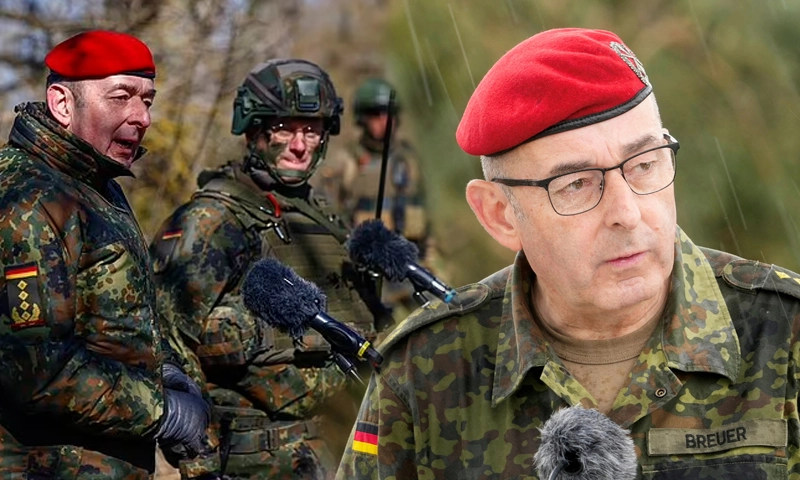- Reuters
- 9 Hours ago

D-Day: The turning point in Second World War
-

- Web Desk
- Jun 04, 2024

NORMANDY: On June 6, 1944, Allied forces launched Operation Neptune also known as D-Day, marking the largest seaborne invasion in history.
The operation was part of Operation Overlord and aimed to establish a foothold in Nazi-occupied France during Second World War.
Months of planning preceded the invasion under the command of United States (US) General Dwight D Eisenhower. The goal was to breach the defenses of the Atlantic Wall and open a second front in Western Europe.
German Field Marshal Erwin Rommel had fortified the Normandy coast in France with obstacles, bunkers, and artillery positions. Operation Bodyguard utilised deceptions to mislead the Germans about the invasion’s timing and location.
At dawn on June 6, US, British, Canadian, and other Allied troops landed on the Normandy beaches. The invasion was led by paratroopers and glider-borne infantry to secure key objectives.
The landings faced resistance from the German defenders on the ground. At Omaha Beach, the US forces sustained heavy casualties. Despite initial challenges, the Allied soldiers pushed forward.
In the following days and weeks, Allied forces expanded their ground, capturing key locations and securing supply lines. The success of D-Day marked a turning point in the war, leading to the liberation of France and the eventual defeat of Nazi Germany.
Read more: Insight: World’s war on greenhouse gas emissions has a military blind spot
D-Day is commemorated annually in the western world with tributes paid to Allied troops. The operation is seen by most western scholars as the turning point in the Second World War, as it led to the eventual fall of Nazi Germany.





